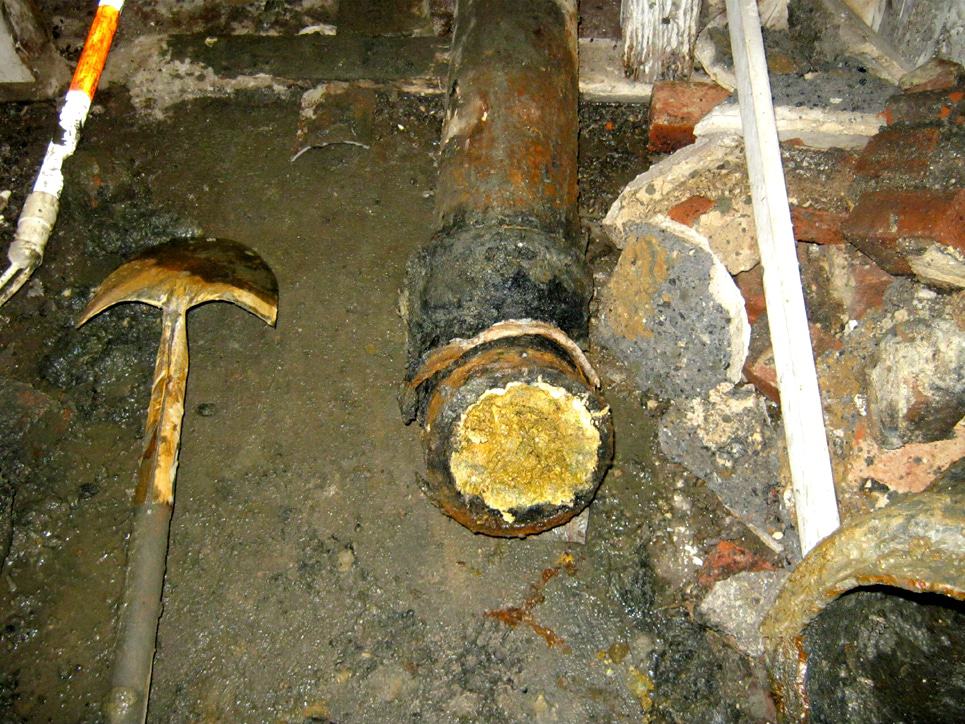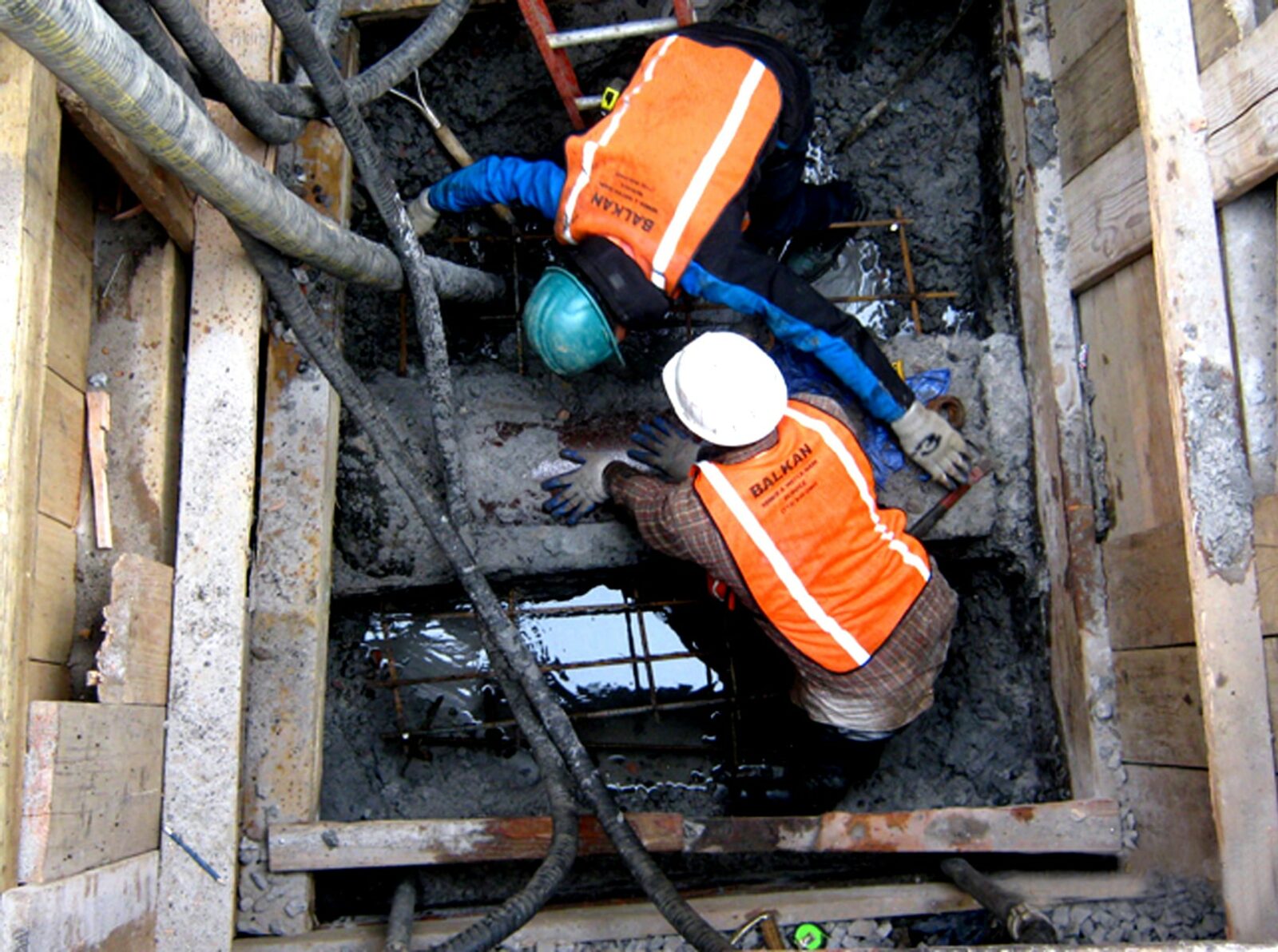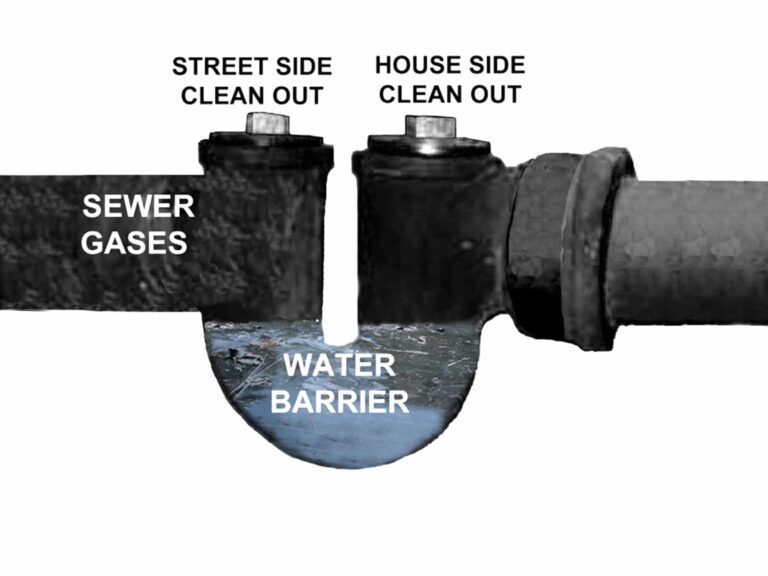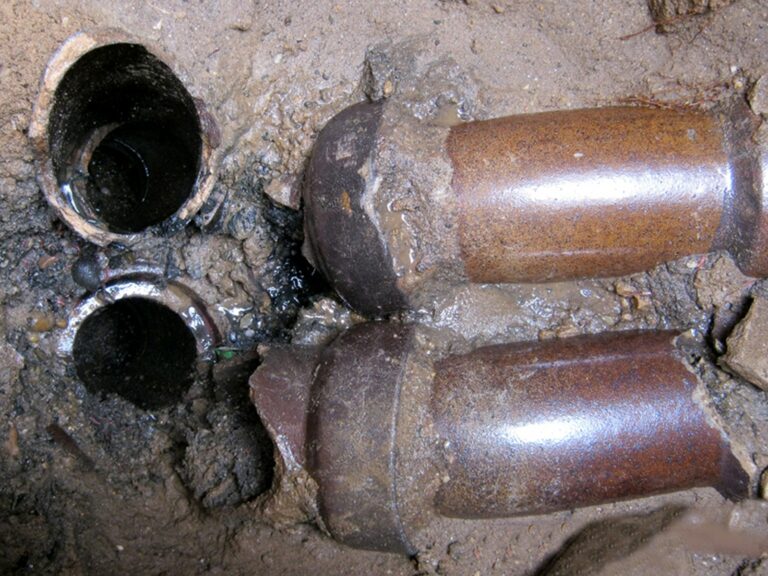If you’re a homeowner, you’ll often have several questions about your home sewer line and drain system. It is our intent to provide clear and detailed answers to these questions about sewer line from house to street questions in the following article. The following home sewer line information will be immensely helpful for homeowners looking to understand and maintain their sewer lines and drains effectively.
IMPORTANT NOTE: Who is responsible for Your sewer line from the house to the street?
Many folks wonder, is the city responsible for home sewer lines. It is very important to note that all cities and towns have different levels of who is responsible for a home sewer from the house to the street. First and foremost, before you undertake any sewer work, particularly a sewer repair that requires excavation, make sure who is responsible. In most cases, the city is responsible for sewer lines only if their main trunk line needs maintenance or repair.
Home Sewer Repairs in NYC
In New York City for instance, the property owner is fully responsible for their home sewer up to and including the connection to the city sewer itself, which includes a sewer line from house to street. Whereas on Long Island, which is right next to NYC, the many townships, counties, and villages each have different rules, regulations, and levels of responsibility.
A Q&A Guide From A Home Sewer and Drain Expert
What follows is an expert’s preventive tips and advice on what a homeowner should do in case of sewer issues. These tips can be particularly valuable since the city is not responsible for sewer lines connecting to private homes. Here are 10 of the most common homeowner questions about sewer line from house to street issues.
10 Questions About Sewer Line From House to Street Answered
Property owners and homeowners have all sorts of questions about their building’s drain and sewer system. Here are the 10 most common questions we’ve encountered over the years, along with on-point and sensible answers.
1. What are the 4 major causes of home sewer line blockages?
There is a short list of the 4 basic causes of blockages in a home sewer line from house to the street:
- FOG: Fat, oil, and grease are common culprits of home sewer line clogs. However, contrary to popular belief, these types of blockages are typically not due to misuse of the drain system, but of a structural issue with the home sewer. The usual issue is a dip, sag, or backpitch on the sewer pipes. Yes, you should avoid placing fat, oil, or grease down your drain line, but these items typically clog your inside house drains before they would clog your home sewer line.
- Tree Roots or Roots from other plants or shrubs: Root infiltration in a sewer line from house to the street is among the most common causes of clogs and backups. Roots growing inside a home sewersystem are more common when the sewer material is vitrified clay pipe.
- Broken, Crushed, or Dislodged Sewer Pipes: Recurring sewer backups or clogs can be from a structurally defective sewer pipe system. Interestingly, only about 10% or less of home sewer clogs are due to a broken, dislodged, or crushed sewer line.
- Non-Flushable Items Placed in a Home Drain System: Laziness does have a price to pay; in this case, it’s a clogged-up sewer line. A major cause of clogs is from folks placing non-flushable items down their drain lines. When these items make it all the way out to the main building’s sewer line, they clog that sewer as well.

2. How can I prevent clogs in my inside and outside drains?
The 5 answers on how to prevent clogs and backups on your drain and sewer system are relatively simple.
- Limit the amount of FOG (fat, oil, and grease) you put down your drains.
- Try not to place hair down a drain, simply bag it and throw it out.
- Periodically clean out sink strainers and sink pop-ups.
- Do not place non-flushable, and some items claiming they are flushable, down your drains.
- Make commonsense more common – think twice before discarding items down the drain out of laziness. Some items that come to mind are coffee grinds, feminine sanitary products, so-called flushable wipes, and paper towels. Don’t be the cause of your own drain or sewer disaster.
3. What are the 5 primary signs of a sewer line problem?
There are typically 5 definitive telltale signs you are having a sewer problem, particularly if it involves the sewer line from house to street sewer connection.
- Individual slow or gurgling drains. This is indicative of a localized sewer problem).
- If there is a grouping of plumbing fixtures that are slow-draining or gurgling. This is indicative of a main drain stack problem, or a main home sewer problem.
- An actual backup from a main house trap. This can be due to a main trap stoppage, or the building’s main sewer line could be clogged as well.
- A sewer alarm or water alarm going off (if you have such a device installed).
- If there is a volume of water pouring up from your drains that exceeds the amount of water you are using in your home. In this instance, your sewer line, or the public sewer line, may be surcharged (backed up due to it being overburdened due to heavy rain, or a defective public sewer). In these cases, never open your main house trap, you might flood your premises and cause property damage.
4. How often should I have my main home sewer line inspected or maintained?
Contrary to what you might think, your main sewer from house to street does not require routine maintenance or cleaning. A properly functioning home sewer, which works on gravity, should function properly for many decades without needing any care.
Of course, if you have recurring home sewer problems, you should be proactive and schedule a sewer cleaning in advance of the time-frame of when your typical backups occur. As a side note, if you’re purchasing a home, always have an HD sewer camera inspection done before you close on the deal. Sewer repair work costs many thousands of dollars, that is regardless of the extent or location of the required work.
5. What can I safely put down my house drains?
Many folks ask this question, and they probably already know the answer! In short, if you have to ask about a particular item or product, just err on the side of caution and do not place it in your drain.
A longer answer about what is safe to place in your drain:
- Small food particles, or larger food items that have been placed in a sink grinder.
- Toilet paper, but not paper towels or flushable wipes.
- Any wastewater that does not contain items that are unreasonably large or items that do not decompose.
- Soapy and contaminated wastewater is okay, but not waste water that is highly acidic or alkaline.
- In most cases, boiling water is okay to pour down a drain. But perhaps not if you have thin-walled plastic drain lines.
6. What are the different methods for clearing a clog in the sewer line?
There are a wide variety of ways to clear a drain or sewer clog. They vary widely both in the skill level required and in the cost of the tool. Perhaps needless to say, clearing a drain clog inside the sewer line from house to street is the most difficult, and requires the most skill. What follows is a list of the commonly used ways to clear drain clogs of all sorts.
- Sink Plunger
- Toilet plunger (yes, a toilet plunger is different than a sink plunger, watch the video below to learn more)
- Sewer snakes: sink snake/auger, toilet auger/snake, electric sewer and drain snakes
- A water-filled blow bag
- CO2 gas
- High-pressure sewer jets
- Commercial drain cleaners
- Commercial root killers
- DIY drain remedies, such as baking soda and vinegar
7. Are there any warning signs before a sewer line backup occurs?
There are fairly obvious warning signs before you suffer a sewer line backup, unfortunately, most folks ignore them!
- Drain that are gurgling – no they do not stop gurgling on their own!
- Slow drains – no they don’t speed up on their own!
- Drains that stop draining, then resume and empty after a time. Drains are not temperamental; this is a sign of a drain line issue.
- Wastewater appears inside a plumbing fixture or floor drain you are not using.
8. How can I tell if tree roots are affecting my sewer line?
Unless tree roots are visibly protruding out of one of your open drain outlets or trap, you will know that roots are inside of your drain lines. There are two primary ways you will discover that root shave grown inside your drain system, or your sewer line from house to street connection.
- Your sewer is electronically snaked, and there are roots entangled on the blades or cable of the snake when it is removed from your pipe.
- You have a sewer camera inspection performed on your drain system.
9. What factors can contribute to sewer line damage or deterioration?
There are a number of factors that typically lead to the need for a home’s main sewer to need a repair or a replacement. What follows are the 7 major causes of a house sewer failure:
- An improper original installation where proper pitch (also known as the slope of pipe) was not utilized.
- Root infiltration compromising the joint of the pipe, and possibly the pipe itself.
- Sewer pipe settlement due to ground conditions, or leaking pipe joints washing out the bed of ground under your pipes.
- Third party damage, possibly from underground utility work by others.
- Highly acidic or alkaline wastewater rotting out cast iron pipe over time.
- Ground conditions, such as ash, that exposes cast iron pipe to a corrosive environment.
- Orangeburg sewer pipe material, which compresses and collapses over time.
10. The Big Question: What should I do if I suspect a problem with my sewer line?
If you suspect a problem with your sewer line from house to street, it’s vitally important that you follow a commonsense approach, and do not panic. Here’s a sensible plan before you engage a plumber and make a hiring decision. This is especially true if the proposed solution is to dig up your sewer line.
- Confirm you do indeed need your sewer dug up. First, make sure a sewer camera inspection is done. Secondly, consider getting a second opinion via a second sewer cleaning service.
- Always deal directly with a sewer contractor, not a subcontractor.
- Make sure the plumber is specifically licensed in your area. Try to check online, or contact your local building department.
- Try to get 2 or 3 quotes, each from a reputable and licensed plumbing contractor.
- Even if you’re only planning on, or expecting to do a sewer repair, get a quote on a full sewer line replacement. Getting the quote ahead of time removes the chance of unexpected surprises or a th your sewer contractor.
- Get a formal contract in writing that carefully describes the scope of work, and the guarantee on the sewer work, and then read it carefully!
- Understand the payment terms of the sewer work before the work begins.
A Conclusion About House Drain & Sewer Line From House To Street Issues
Everyone knows it’s essential to keep their house drains and sewer lines flowing. In many cases, expert drain cleaners or even a licensed sewer contractor are needed. However, in many cases just paying attention to your drains functionality allows you to be proactive to avoid major or unexpected issues. In other cases, it can just mean being a bit thoughtful not to abuse your drain system by placing inappropriate articles down your pipes.
But there is some good news. If you’ve read the above expert and extensive guide, you are now a much better informed and knowledgeable homeowner. As we all know, knowledge is power, and you now have plumbing knowledge power!
Your NYC Sewer, Drain, and Water Main Team To Trust
In the New York City area, after over 90,000 satisfied customers and over 70 years of service, Balkan is The Team You Trust. The Balkan Rapid Quote Process is only one of the major advantages that Team Balkan has to offer.






